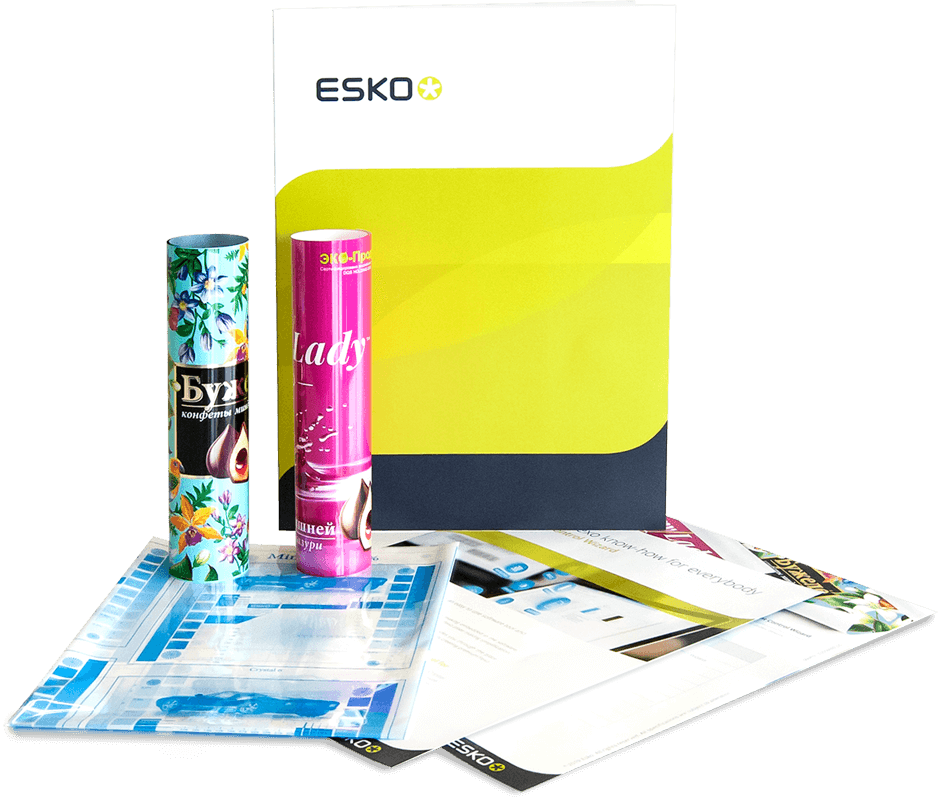Coveris wins gold utilizing Esko Print Control Wizard software

Developed by Esko to respond to a call from the flexographic printing industry to simplify the implementation of screens and dot gain curves in the reprographics process, Esko Print Control Wizard software offers the sector a standardized approach to screen and curve creation. Designed to have a positive impact on a range of reprographics processes, the software outputs a new screening algorithm to address a range of potential print issues.
Andy Wilson, Group Color Director at Coveris, said: “At the outset we recognized the ease of dovetailing Print Control Wizard in to our workflow, compared with other screening solutions on the market. The technology has definitely helped remove the ‘black art’ element of curve making. It’s incredibly accurate and simple, so that anyone in our team can create a plate curve with minimal training. Now, once a job is complete, the curve family is also available for us in the workflow ticket and the accuracy of the results each time are amazing. It’s not just the curve created, but the recommendations for the best size of highlight dots and screens that really make a difference.
Request a Print Control Wizard sample kit
Don’t take our word for it, get our print results sample
and check the quality yourself!

“As a business we go to great lengths to reduce the variability in our processes and we know that standardization is vital for print consistency and repeatability. Building an accurate plate curve is the foundation of everything that follows and so Print Control Wizard is a perfect solution for us. The EFIA Gold win is no surprise when we see the impact this software is having on our production performance.”
Robert Bruce, Esko RIP & Screening Product Manager, commented: “One of the best features of Print Control Wizard is the ability to control where the transition from AM to FM takes place; a feature vital for minimizing graininess in print, especially when converting jobs from gravure to flexo in flexible packaging. The Wizard suggests the optimum point, if you are referencing a target such as an ISO curve, and can be easily adjusted to suit requirements. Changing transition points is then at the touch of a button allowing the operator to see the impact on tonal values straight away.”
Wilson added: “Due to the improved accuracy of the dot gain curve created by the wizard, in combination with our investments in Esko Crystal screening & XPS exposure frame technology, everything on the plate is much more consistent. This results in an increase in our speed and ability to match process and extended gamut colors. Vignettes are smoother, with no inflection points or bridging, and we’ve noticed a considerable reduction in plate cleaning frequency as well.
“Over the past 3 years we’ve trialled a number of different screening technologies to improve our highlight reproduction and the best results by far have been from Esko. The challenge is to achieve a good contrast ratio from the solid down to the highlight. Using Esko Crystal screening, in combination with the Esko XPS Crystal exposure frame, we’ve achieved the best results so far with starting dots now at 4-5%, compared with 10-15% previously.
More information about Esko Print Control Wizard software and the Crystal hardware range on this page.
